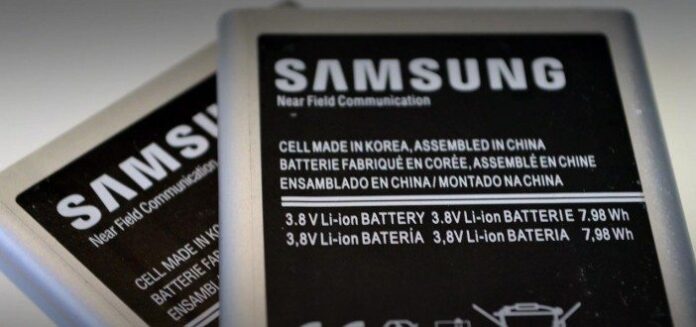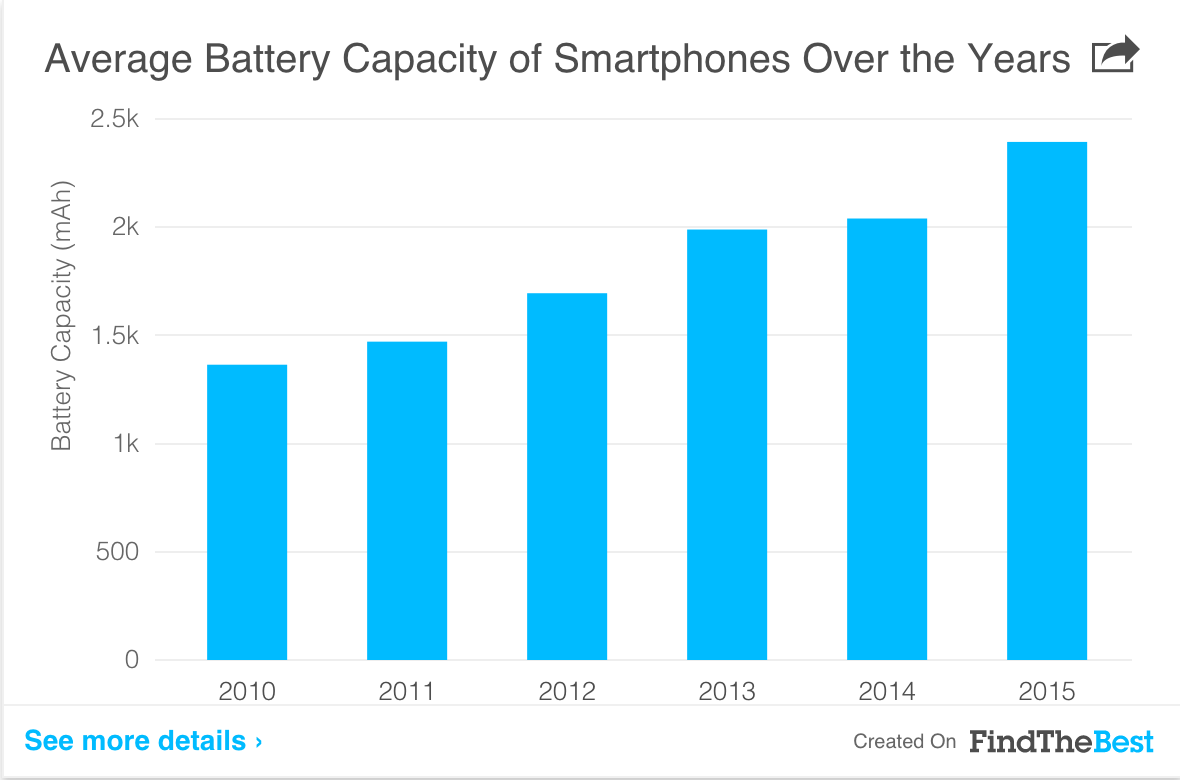If recent lithium-ion research is correct, Samsung may have found the solution to doubling the capacity of smartphone batteries. The innovation involves adding silicon to the traditional lithium-ion layer of the battery to increase energy density and longevity.
The testing, which was done by members of the Samsung Advanced Institute of Technology and Energy Material Lab in Korea, showed that the silicon coating increased energy densities from 1.5 to 1.8 times greater than current levels. The graph below shows the relative stagnation of battery capacity growth over the last five years.
“Silicon is receiving discernible attention as an active material for next-generation lithium-ion battery anodes because of its unparalleled gravimetric capacity,” according to the results published in Nature Communications. “However, the large volume change of silicon over charge-discharge cycles weakens its competitiveness in the volumetric energy density and cycle life.”
Increasing battery life has been a long, difficult process for engineers. Last October, Nanyang Technological Institute in Singapore found a way to supercharge a dead battery up to 70% in less than two minutes, but aside from that, there have been very few major strides in improving battery life.
Experts believe the battery innovation could be used to make Samsung phones slimmer or increase battery life. More tests are needed, however, before the technology can enter the consumer market.
Samsung is currently in the process of patenting the new lithium-ion technology.


